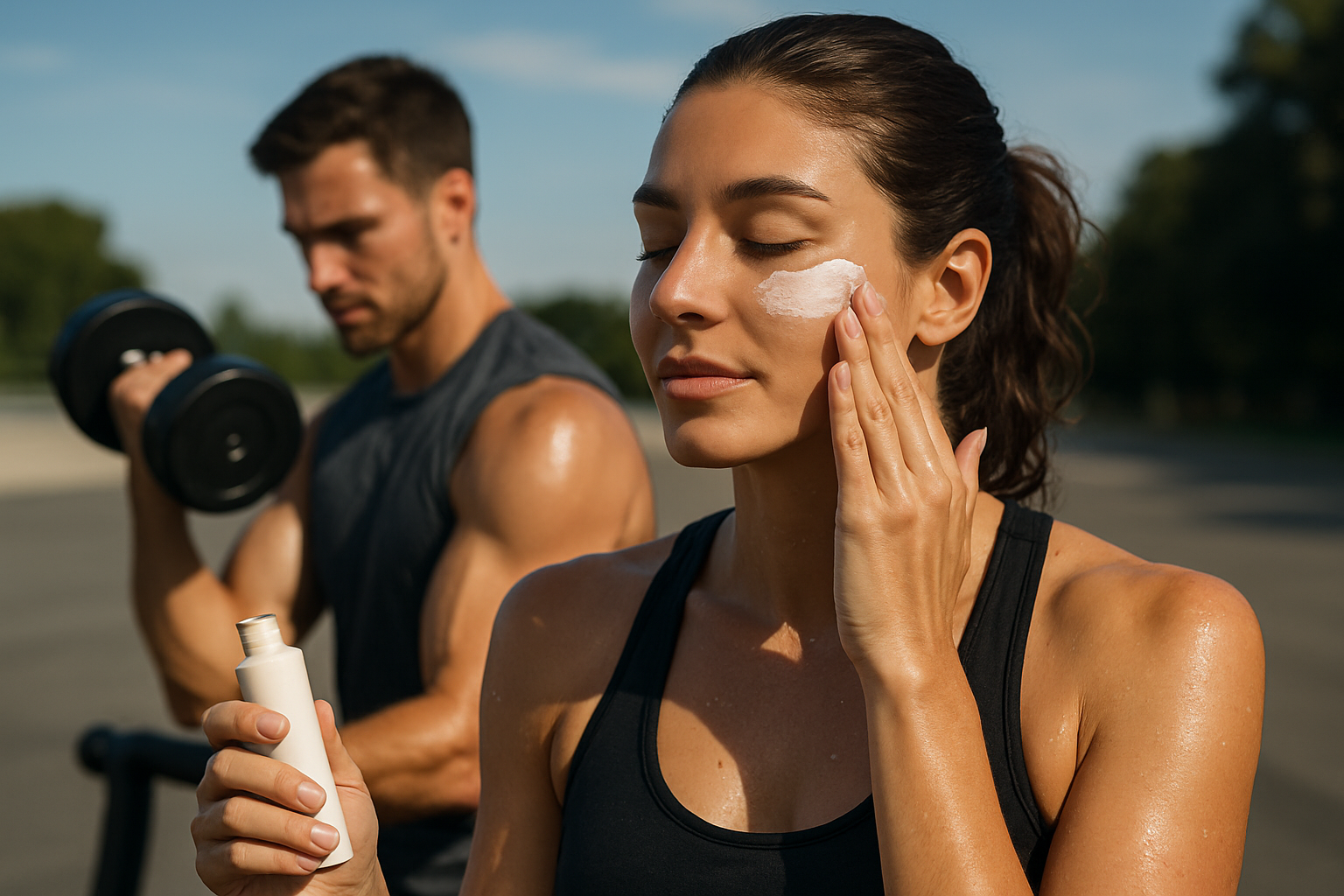Monitoring skin response: when to pause or modify a soak routine
A foot soak can soothe tired feet, aid circulation, and complement a foot care routine, but monitoring skin response is important to avoid irritation or complications. Knowing which symptoms to watch for and when to pause or modify a soak helps protect skin integrity, supports recovery after procedures, and ensures safe use across ages and conditions.

This article is for informational purposes only and should not be considered medical advice. Please consult a qualified healthcare professional for personalized guidance and treatment.
What symptoms should prompt a pause?
Redness, persistent swelling, blistering, intense burning, or spreading rash are clear symptoms that a soak should be paused. If you notice increased warmth, drainage, or an odor from the skin, these may indicate infection rather than a simple reaction. People with a recent surgery or dental procedure involving antibiotic use, or those with stomach issues affecting medication absorption, should be alert to unusual skin changes. Monitor for increased pain, sudden hair loss around the site, or systemic signs such as fever, which require examination by a doctor or clinic.
When should you consult a doctor or clinic?
Seek professional evaluation if symptoms persist or worsen after stopping soaks for 24–48 hours. A doctor or clinic examination is especially important for individuals with diabetes, compromised bone health, or those taking immunosuppressive medication following surgery. Men and women who are pregnant should consult their provider before regular soaks, particularly if there is any risk of skin breakdown. A clinician can assess whether an oral or topical antibiotic, further testing, or referral to a dermatologist is needed based on current research and examination findings.
How can skincare and a healthy diet affect skin response?
Skincare choices and nutrition influence skin resilience. Using gentle, pH-balanced cleansers and avoiding harsh soaps helps maintain the skin barrier; applying sunscreen when the feet are exposed outdoors protects healing skin from UV damage. A healthy diet rich in protein, vitamins, and minerals supports tissue repair and can reduce swelling after repetitive soaking or exercise. Poor nutrition may slow recovery, lower self esteem through visible skin changes, and increase susceptibility to complications after a soak routine that’s too aggressive or frequent.
Are there special concerns for pregnancy, surgery, or swelling?
Pregnancy brings circulation and sensitivity changes that can alter skin response; increased swelling or varicose veins may make prolonged soaking uncomfortable. After surgery—especially procedures near the lower limb—follow a doctor’s guidance on soaking timing to avoid infection and disruption of healing tissue. If swelling increases after soaking, or if a recent medical procedure involved implants or bone work, pause the soak and contact your healthcare provider for targeted care recommendations and examination.
What about related issues like bone, oral health, or other conditions?
While foot soaks are localized, systemic conditions can affect outcomes. Bone infections (osteomyelitis) or deep tissue infection manifest as deep pain, fever, or unexplained swelling—these require urgent medical assessment rather than home soaking. Oral or dental procedures rarely relate directly to foot soaks, but infections or immunosuppression after a dental procedure can increase risk of skin problems. Discuss any underlying conditions, including stomach disorders that affect medication, with your doctor to ensure safe soak practices.
How to adjust routine for exercise, sunscreen, and daily care?
Adjust soak frequency and temperature based on activity: after heavy exercise, shorter, cooler soaks can reduce inflammation without stripping natural oils. Avoid long, hot soaks if you use topical medications or have thin or fragile skin. Incorporate routine care like moisturizing after drying and using sunscreen when feet are exposed. For men worried about visible changes that affect self esteem, or for anyone noticing hair loss near the soak area, modify methods and consult a clinician. Small changes—lower temperature, shorter duration, or gentler additives—often resolve mild reactions.
Conclusion Monitoring skin response during a foot soak routine means watching for specific symptoms, understanding when professional input is needed, and adjusting technique for individual health factors such as pregnancy, prior surgery, or chronic conditions. Regular assessment, sensible modifications, and timely consultation with a doctor or clinic help keep foot soaks safe and effective as part of a broader skincare and wellbeing plan.




